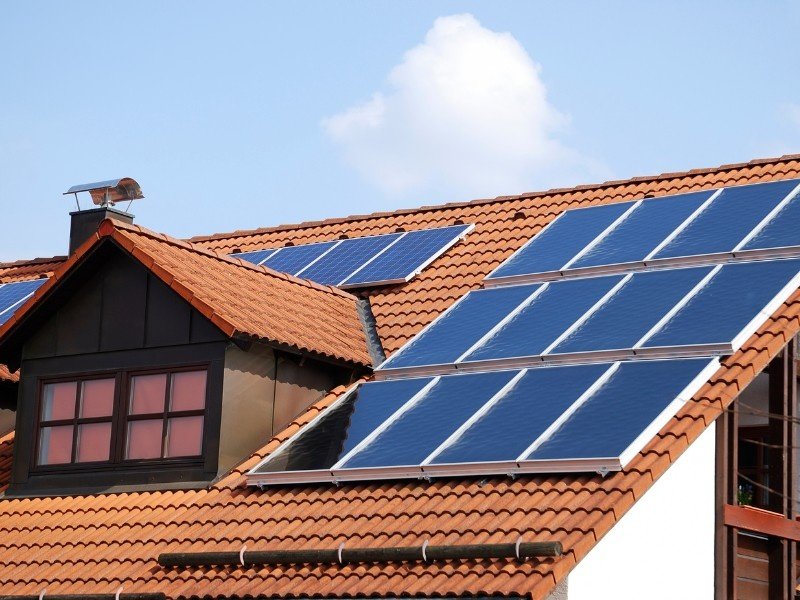Hybrid solar systems are making solar power more reliable, especially in India, where frequent power cuts can disrupt daily life. These systems combine solar power with battery storage and grid electricity, ensuring that your home remains powered even when solar energy is unavailable or during blackouts. As India transitions towards sustainable energy solutions, hybrid solar systems are gaining popularity for their ability to provide consistent power and reduce dependence on conventional energy sources.
How Does a Hybrid Solar System Work?
A hybrid solar system integrates solar panels, battery storage, and a connection to the grid, ensuring uninterrupted power. Here is how it functions:
Hybrid systems switch between solar, battery, and grid power to ensure reliable electricity, ideal for areas with frequent power cuts in India.
Benefits of Hybrid Solar Plants in India
Hybrid solar plants offer several advantages, making them a smart choice for Indian homes and businesses:
Types of Hybrid Solar Systems Available in India
Hybrid solar systems come in various sizes and configurations, catering to different energy needs and budgets. Here are some types:
1. Small Hybrid Systems with Basic Battery Storage:
These systems are designed for homes with lower energy needs and typically include a small battery to provide backup power during short outages. They’re cost-effective and suitable for households that want to reduce their grid dependence without a significant investment.
2. Mid-Range Hybrid Systems for Extended Backup:
These systems offer larger battery storage and can provide several hours of backup during power cuts. They’re ideal for homes or small businesses that experience frequent outages and want a more reliable energy source.
3. Large Hybrid Systems for Complete Energy Independence:
For those seeking full energy independence, large hybrid systems with substantial battery storage and high-efficiency solar panels are available. These systems can power an entire household for extended periods without relying on the grid, making them perfect for remote areas or homes with high energy demands.
Choosing the right system depends on your household’s energy needs, budget, and the extent of power outages in your area. When selecting a hybrid solar system, consider the following factors:
Concentrating Solar Collectors use mirrors or lenses to focus sunlight onto a small area. This technology is typically used for large-scale power generation, such as in solar power plants. While CSP systems are more advanced and costly, they have the potential for future large-scale projects in India as technology costs come down.
Cost of Installing a Hybrid Solar System in India
The cost of a hybrid solar system in India depends on several factors, ranging from ₹1.5 lakhs to ₹7 lakhs or more. Below are the key factors influencing the cost:
By considering these factors, households can choose a system that balances cost, energy needs, and long-term savings.


Hybrid Solar System Maintenance and Longevity
Hybrid solar systems require regular maintenance to ensure optimal performance. Here are some key maintenance tasks:
When maintained properly, hybrid solar systems can last 20-25 years, with battery replacements required every 5-10 years, depending on usage.
Why Hybrid Solar Systems are Ideal for Indian Households?
Hybrid solar systems offer several compelling reasons why they are ideal for Indian homes:
For homeowners looking to invest in a long-term, cost-effective, and eco-friendly energy solution, hybrid solar systems are a clear choice. Whether you’re in a rural area with an inconsistent electricity supply or an urban home looking to minimize energy costs, hybrid solar panels can provide the reliability and savings you need. With government incentives and technological advancements continuing to make these systems more accessible, now is the perfect time to consider switching to hybrid solar energy.




